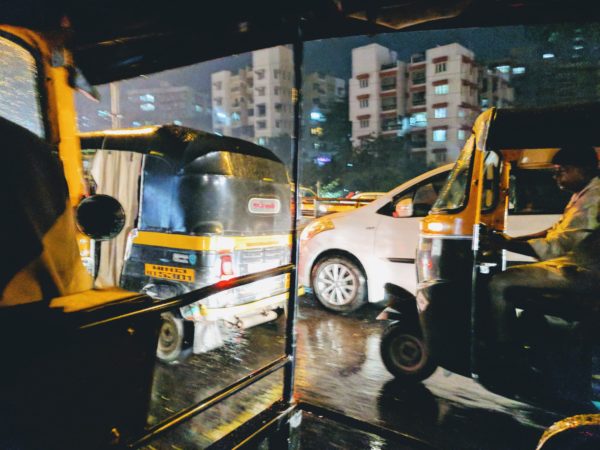A version of this post is also available on Greg Marsden’s personal blog page, where he writes on various transport and governance-related issues.

Under Reform is 10 months into our two-year study of the Smart Cities Mission in India (SCM). With interview and documentary analysis coming in from Jaipur and Bengaluru and work about to begin in Kochi and Indore it feels an opportune time to share some initial thoughts about what we are finding.
The first observation is that there is a blurring between the broad notion of Smart Cities and the actual implementation process of the SCM. The narratives of increasingly smart, intelligent automated brains running traffic systems and ideas of India leapfrogging stages in the development of its urban areas are commonplace. The global narratives of smart are everywhere. From a symbolic perspective therefore, the initiative has helped develop and embed the language of smart in the everyday vernacular of policy.
 Whilst the language of smart is now in the everyday of policy, the exposure to ‘smart’ will feel disjointed when considered from a lived experience perspective. Most initiatives are focused on investments in specific areas, although there are some pan-city projects. New smart solutions also coexist alongside places lacking even basic infrastructure for walking in some cases.
Whilst the language of smart is now in the everyday of policy, the exposure to ‘smart’ will feel disjointed when considered from a lived experience perspective. Most initiatives are focused on investments in specific areas, although there are some pan-city projects. New smart solutions also coexist alongside places lacking even basic infrastructure for walking in some cases.
Our project is trying to understand the SCM, how it is changing governance in Indian cities and what this means for outcomes. So whilst people can talk about smart, the description of what the SCM is and what it is changing is much more fuzzy in the case evidence to date. In Bengaluru, the Special Purpose Vehicle (SPV) due to be established to deliver the SCM work has been slow in development. The choice of projects also overlaps with initiatives that were underway before the SCM, so what is specific to the SCM, compared with other innovations, has been less clear. It could be that the lack of distinctiveness of the SCM in Bengaluru is because the size of the funding available is small relative to other ongoing initiatives. In Jaipur, by contrast, the focus of the SCM on the historic core provides a clearer boundary, although there remains confusion (or perhaps a deliberate blending) amongst actors one step distance from the SCM itself as to what is being done under the SCM programme. Perhaps this would be the case in any context, but the general fuzziness of decision-making structures on urban transport in Indian cities seems to be a contributing factor. Simply drawing a stakeholder map is a challenge for not only the research team, but also the stakeholders on the ground.
We’ll be posting some further reflections on the ways in which the SCM is changing urban governance in the coming week.

